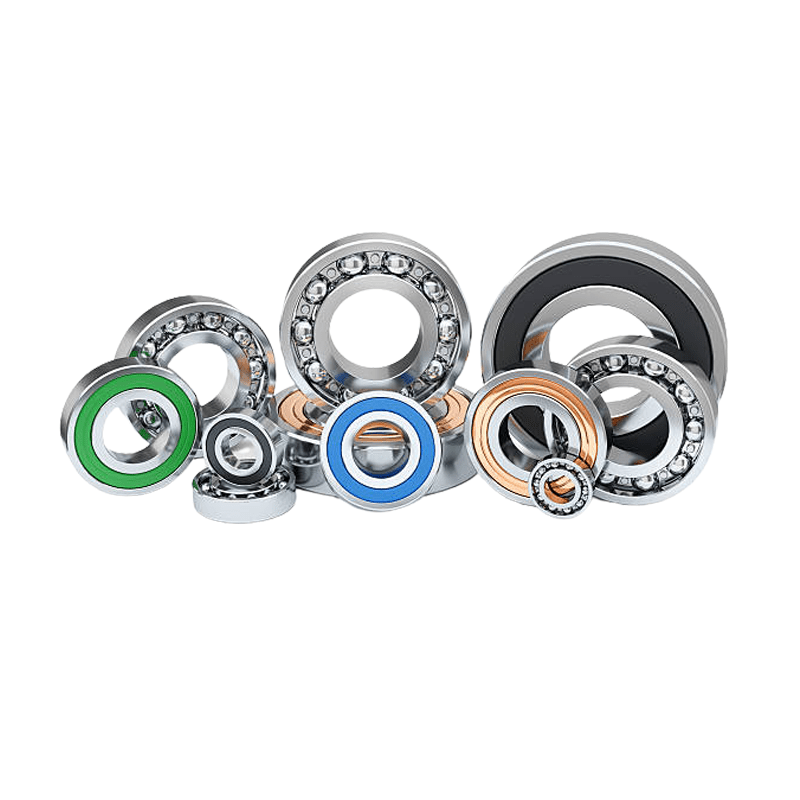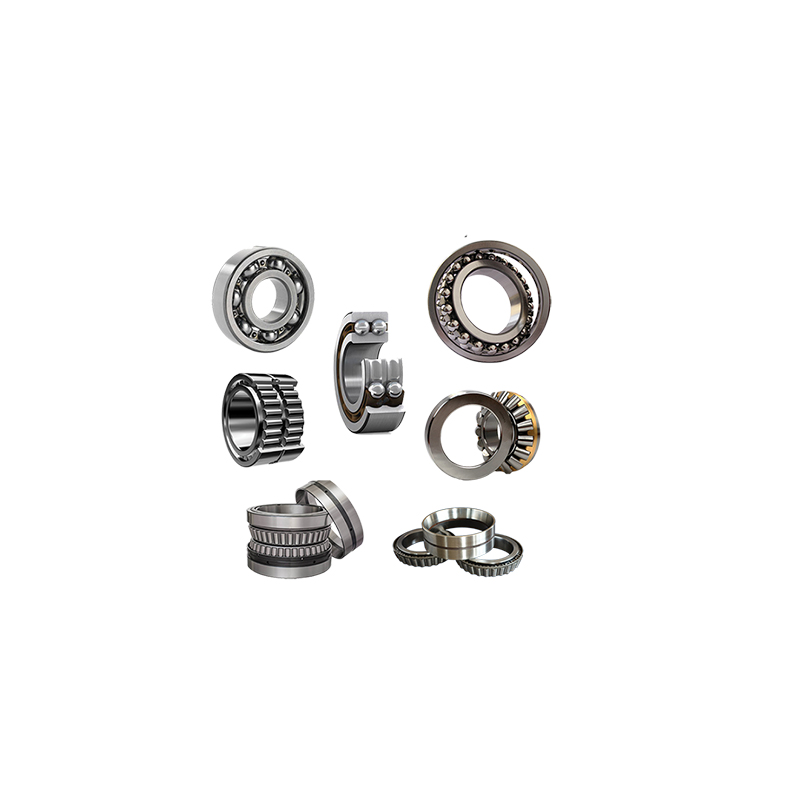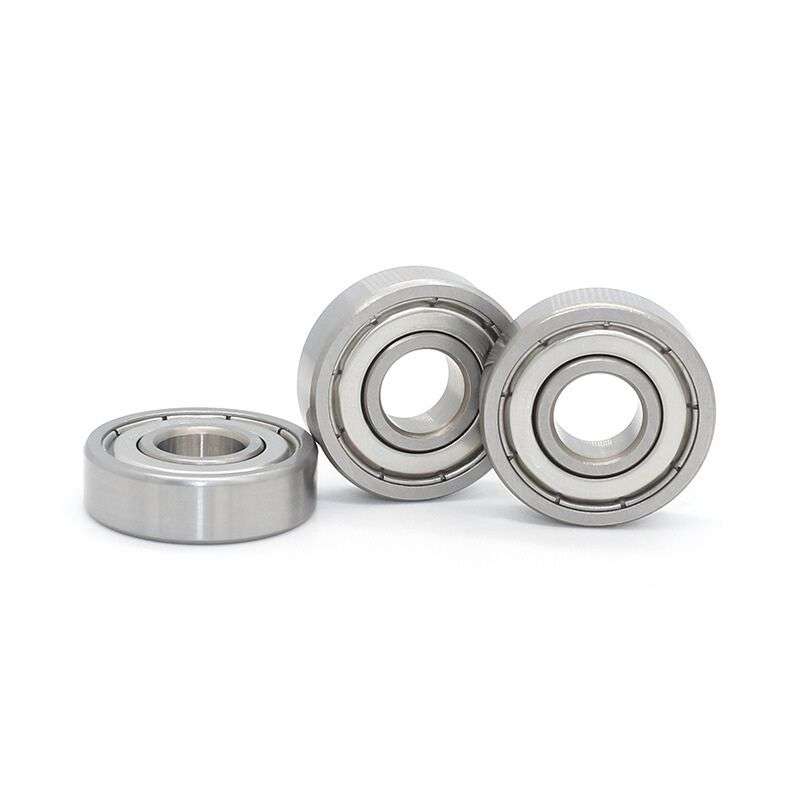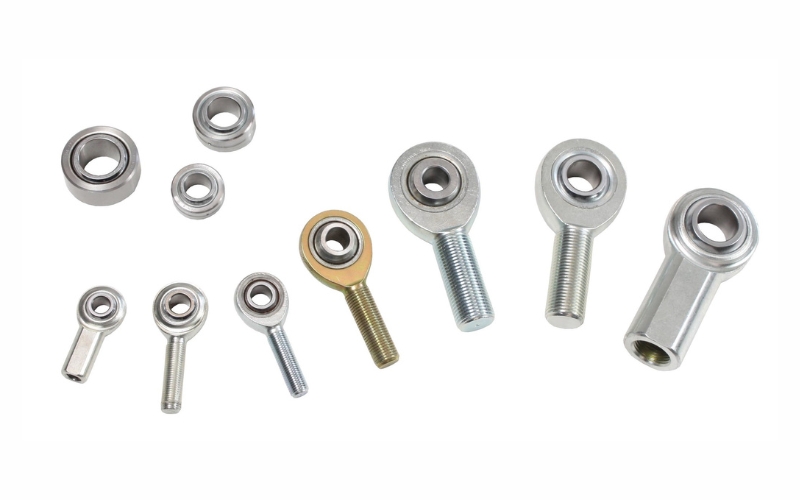Navigating the Maze: A Complete Guide to Automotive Bearings

Table of Contents
Introduction
In the complex world of automobiles, where precision and reliability are paramount, there exists a crucial yet often overlooked component—the humble bearing. In this comprehensive guide, we will delve deep into the intricacies of automotive bearings, unraveling their significance and shedding light on various aspects, from materials and manufacturing to applications and future trends.
Understanding the Crucial Role of Bearings in the Automotive Industry
The automotive industry is a realm of innovation, where every moving part plays a pivotal role. Bearings, though small and unassuming, are the unsung heroes that facilitate motion, reduce friction, and ensure the smooth operation of countless automotive components.
Why a Comprehensive Guide to Automotive Bearings is Essential
With the ever-evolving automotive landscape, staying informed about the heart of vehicular motion—bearings—is paramount. This guide aims to provide a comprehensive resource for industry professionals, engineers, and enthusiasts, offering insights into bearing types, materials, applications, and more.
Chapter 1: The Basics of Automotive Bearings
What Are Automotive Bearings?
Automotive bearings are precision-engineered components that enable the relative motion of parts within a vehicle, reducing friction and ensuring smooth operation. They come in various forms, each designed for specific applications.
Types of Bearings Used in the Automotive Sector
Ball Bearings: These spheres of precision are ideal for accommodating radial loads in a variety of automotive applications.
Roller Bearings: A diverse category encompassing cylindrical, spherical, and tapered variants, roller bearings handle heavier radial loads with finesse.
Tapered Roller Bearings: Engineered for both radial and axial loads, tapered roller bearings excel in demanding automotive settings.
Needle Roller Bearings: Compact and efficient, needle roller bearings find their niche in high-load, limited-space scenarios.
Thrust Bearings: Designed to withstand axial loads, thrust bearings ensure stability in critical components.
Functions of Bearings in Vehicles
Automotive bearings are the unsung champions of vehicular motion. They facilitate smooth rotation, reduce friction, and maintain alignment in vital components such as wheels, transmissions, and engines.
Chapter 2: Bearing Materials and Manufacturing
Materials Used in Automotive Bearings
Steel Alloys: The workhorse of bearing materials, steel alloys offer the perfect balance between durability and cost-effectiveness.
Ceramic Materials: Emerging as a contender, ceramic bearings offer reduced weight, increased longevity, and resistance to high temperatures.
Bearing Manufacturing Processes
Machining: Precision machining techniques sculpt raw materials into bearing components.
Heat Treatment: Heat is the secret sauce that hardens and strengthens bearings, ensuring longevity.
Assembly: Meticulous assembly brings together individual components to form a functional bearing.
Quality Standards and Certifications
Industry standards and certifications, such as ISO 9001, guarantee the reliability and performance of automotive bearings, assuring quality-conscious consumers.
Chapter 3: Automotive Bearing Applications
Wheel Bearings
Wheel bearings are the unsung heroes behind smooth and reliable automotive journeys. Learn how these components handle radial and axial loads to ensure safety and performance.
Transmission Bearings
Explore the critical role of bearings in the complex world of automotive transmissions, where precision and efficiency are paramount.
Engine Bearings
Discover how engine bearings support the heart of the vehicle, maintaining the integrity of vital components even under extreme conditions.
Suspension Bearings
Suspension bearings play a pivotal role in providing a comfortable and controlled ride. Delve into their significance in the automotive landscape.
Air Conditioning Compressor Bearings
In the realm of cabin comfort, air conditioning compressor bearings keep things cool. Explore their function and importance.
Chapter 4: Selecting the Right Automotive Bearings
Factors Influencing Bearing Selection
Choosing the right bearing is a science. Factors like load capacity, speed rating, lubrication, sealing, and environmental conditions all influence this critical decision.
Calculating Bearing Life and Reliability
Learn the intricate calculations that engineers use to determine bearing life and reliability, ensuring optimal performance throughout a vehicle’s lifespan.
Chapter 5: Installation and Maintenance
Proper Installation Techniques
A flawless installation is the foundation of bearing longevity. Discover the best practices for ensuring bearings perform at their peak.
Maintenance Practices to Extend Bearing Lifespan
Maintenance is the key to prolonged bearing life. Explore maintenance tips and techniques that can help you get the most out of your automotive bearings.
Common Bearing Issues and Troubleshooting
Even the best bearings encounter challenges. Learn how to identify and troubleshoot common bearing issues, preventing costly failures.
Chapter 6: Automotive Bearing Suppliers and Sourcing
Finding Reputable Bearing Suppliers
In a global marketplace, finding trustworthy bearing suppliers is paramount. Explore strategies for identifying reliable partners.
OEM vs. Aftermarket
Understand the distinctions between OEM and aftermarket bearings, and make informed choices for your automotive needs.
B2B vs. B2C Suppliers
The supplier landscape varies, with B2B and B2C options. Explore the advantages and considerations of each.
Negotiating with Bearing Suppliers
Negotiation skills are valuable in securing the best deals. Discover tips for effective negotiations with bearing suppliers.
Overcoming Common Sourcing Challenges
Sourcing bearings can be a complex process. Learn how to navigate common challenges and streamline your procurement.
Chapter 7: Case Studies
Real-World Examples of Automotive Bearing Applications
Dive into case studies that highlight the real-world impact of bearings in automotive applications. Explore success stories and challenges faced.
Chapter 8: Future Trends in Automotive Bearings
Emerging Technologies and Materials
Stay ahead of the curve with insights into the cutting-edge technologies and materials shaping the future of automotive bearings.
Sustainability in Bearing Manufacturing
As sustainability gains importance, discover how bearing manufacturing is adapting to reduce its environmental footprint.
Predictions for the Automotive Bearing Industry
Explore predictions and forecasts for the automotive bearing industry, providing a glimpse into what lies ahead.
Chapter 9: Conclusion
Recap of Key Takeaways
Recap the essential insights from this comprehensive guide, ensuring you’re well-versed in the world of automotive bearings.
Importance of Quality Bearings in Automotive Applications
Underline the critical role that quality bearings play in the safety and performance of vehicles.
Final Thoughts on Navigating the Maze of Automotive Bearings
As we conclude this journey through the intricate world of automotive bearings, remember that these unassuming components are the linchpin of vehicular precision and reliability. Stay informed, choose wisely, and drive with confidence.




